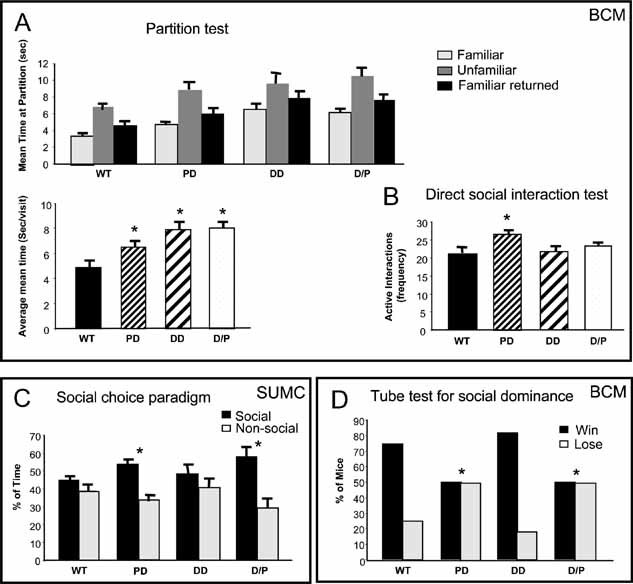Figure 5. Deletion mice have abnormal social behaviour.

- Partition test measures the time a test mouse spends at the partition that separates it from a partner mouse during three sessions: with a familiar partner, an unfamiliar partner and finally the familiar partner returned. The mean time at the partition per approach to the partition is shown for each test (top panel). The mean time per approach averaged across all three tests (bottom panel) shows that PD, DD and D/P mice exhibited greater social interest at the partition than WT. N = 12–17 per genotype, both sexes.
- In a direct social interaction test, only PD mice showed an increased frequency of interactions during the 10 min test period. N = 12–17 per genotype.
- In the social choice test, mice are placed in a three-chambered apparatus with a stimulus mouse in one chamber, and the percentage of time spent in the ‘social’ versus the ‘non-social’ chambers is recorded. Male PD and D/P demonstrated increased sociability. N = 8–10 per genotype.
- Abnormal social dominance behaviour of PD and D/P in a tube test. Tested mice are released into a tube against a control mouse. The one who backs out of the tube first is considered the loser. N = 12–17 per genotype.
